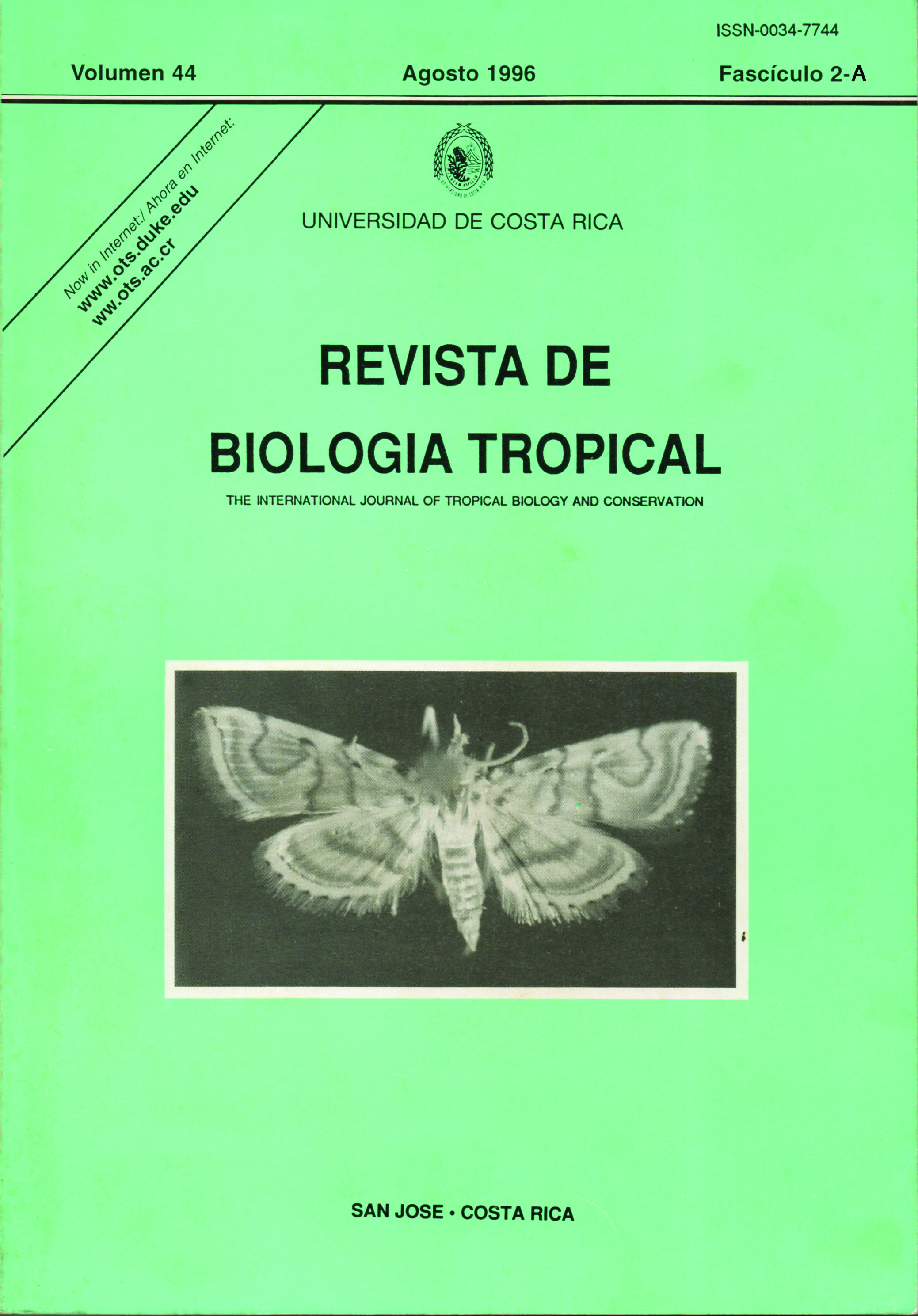Abstract
Two types of coral communities occur in the Ensenada de Utría National Park (Pacific of Colombia) reefs, which develop in shallow sheltered water, and smaller non-reefal communities along wave exposed basaItic blocks. Chola reef, the largest coral comínunity (approx. 10.5 ha), is characterized by relative high coral cover (32.4%) and dominated by Pocillopora damicornis. Smaller in size (approx. 1.5 ha), Diego reef is mainly covered by dead Pocil/opo"ra damicornis and live Psammocora (S.) stel/ata (2%). The other non-reefal communities are characterized by isolated coral colonies and patches of Pavona clavus, Pavona gigantea and Porites [obata. Coral community deterioration at Utría is evident, specially in the reefs, where both natural and antropogenic disturbances (e.g. phytoplankton blooms, human induced siltation, dynamite fishing and probably El Niño 1982-83 warming event) seem to influence the community structure.##plugins.facebook.comentarios##

This work is licensed under a Creative Commons Attribution 4.0 International License.
Copyright (c) 1996 Revista de Biología Tropical
Downloads
Download data is not yet available.


